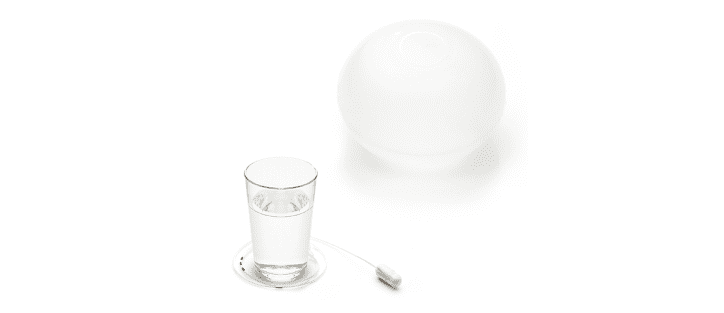If you’ve been exploring modern, non-surgical options for weight loss, chances are you’ve come across the Allurion Balloon. Known for its revolutionary design and minimally invasive approach, the Allurion Balloon is a game-changer for those struggling to lose weight through traditional methods. But one of the most common concerns people have is: What does the Allurion Balloon feel like after inflation? Understanding the post-inflation experience is crucial in setting expectations and preparing mentally for the journey ahead. In this detailed guide, we’ll uncover what patients typically feel once the Allurion Balloon is inflated inside the stomach, as well as the medical support involved throughout the process.
Whether you're considering this procedure locally or abroad, many individuals are turning to the Allurion Balloon in Dubai due to the city’s advanced medical infrastructure and expert doctors specializing in weight loss treatments.
What Is the Allurion Balloon?
The Allurion Balloon is a swallowable, non-surgical gastric balloon that temporarily resides in the stomach to help control hunger and portion sizes. Unlike traditional intragastric balloons that require endoscopy or anesthesia, the Allurion Balloon is introduced in capsule form, swallowed with water, and inflated once in place via a thin catheter. After approximately 16 weeks, the balloon deflates and is naturally excreted.
Psychological Adaptation
Besides physical sensations, many patients are surprised by the mental and emotional shifts they experience. Reduced appetite and quicker satiety contribute to better self-control. Over time, eating becomes more intentional, helping individuals reconnect with hunger cues and make healthier food choices without feeling deprived.
Final Thoughts
Understanding what the Allurion Balloon feels like after inflation is key to a confident and comfortable journey. The initial sensations of fullness, bloating, or mild nausea quickly subside, paving the way for effective weight control and lifestyle transformation. Guided by medical professionals, this process becomes not just a physical intervention but a holistic path toward long-term wellness.





Comments